sophie anne edwards (she/her/settler) is an interdisciplinary artist and writer based on Manitoulin Island (Mnidoo Mnising). She came to geography circuitously (PhD/ABD Geography, Queens U) via an Interdisciplinary Masters (Laurentian U), poetics via her environmental art practice (and a Creative Writing certificate at Humber), and installation based work via a site-specific curatorial practice. Her work has appeared in Arc Poetry Magazine, Room Magazine, The Capilano Review, and CNQ among others. Visual poetry collections have been published by Gap Riot Press and Blasted Tree Press. She was longlisted for the 2021 CBC Poetry Prize and profiled in the 2022 summer edition of Hamilton Arts and Letters. Academic and hybrid contributions have been published in several collections, including in Geopoetics in Practice (Magrane et al). Her writing practice has benefitted from support by the Canada Council for the Arts and the Ontario Arts Council, and through residencies at the Purdy A-Frame, Banff Centre, Hall’s Island, and Sage Hill. In the meantime, she hangs with her puppy, and listens to the water as much as possible.
Sharing my experience with, and interest in, visual poetry, environmental poetry, site-specific practices and the limits of poetry.
Engaging as possible, participatory where possible. I avoid reading from scripted texts and using power point presentations.
I create new workshops for each context, and lean into participatory engagement. There may be walking involved, or sitting and listening to trees, attempting to translate sounds, patterns and experience into text, or text into something other than text. Past workshops have seen children create concrete poems in response to the sounds and scents of an outing to a local alvar; adults translating their daily walking experience into verse; and inviting people to write poems for a river.
I create new workshops for each context, and lean into participatory engagement. There may be walking involved, or sitting and listening to trees, attempting to translate sounds, patterns and experience into text, or text into something other than text. Past workshops have seen children create concrete poems in response to the sounds and scents of an outing to a local alvar. How can we cross boundaries between art and writing? Does environmental poetry have something to say, or do, about climate change?



